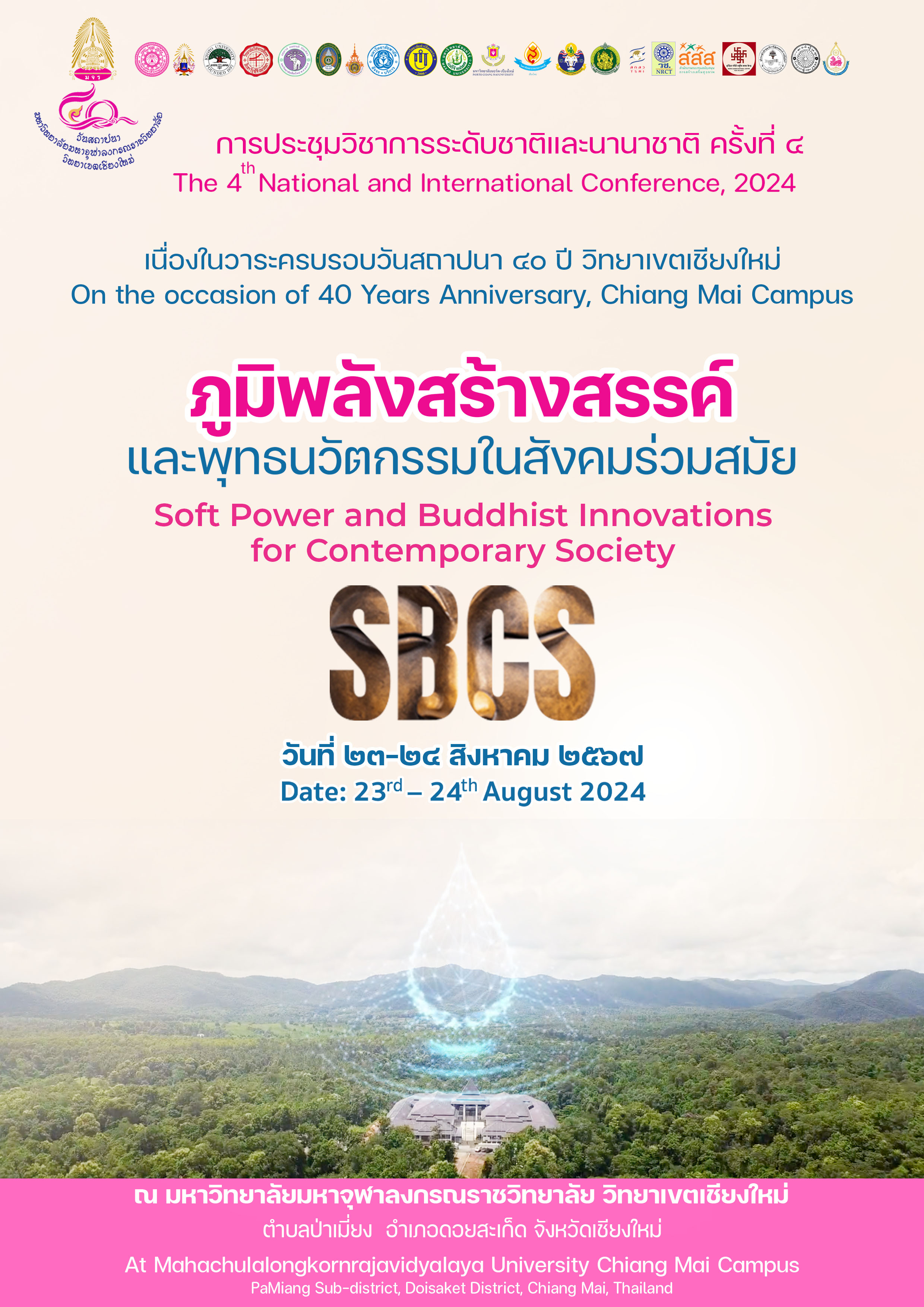Innovative Solar Energy Technologies: A Pathway to Sustainable Development and Carbon Footprint Reduction in Urban Areas of Yangon
Abstract
This paper studies how innovative solar energy technologies can promote sustainable development in Yangon by addressing climate change challenges. It assesses current energy consumption patterns and the cityís
dependence on non-renewable sources, highlighting their environmental impact. The study reviews various solar technologies, such as photovoltaic systems and building-integrated photovoltaics, and explores the policies, financial models, and incentives needed for effective implementation. By aligning solar energy initiatives with global frameworks like the Sustainable Development Goals, this research emphasizes the potential of solar technologies to advance Yangonís sustainability objectives. It also addresses the technical, logistical, environmental, and health challenges associated with solar energy, offering a comprehensive analysis of how it can reduce the cityís carbon footprint and support its
sustainability goals.
References
from https://aseanenergy.org/news-clipping/myanmar-vows-to-slash-carbon-emissions-by-hundreds-of-millions-of-tonnes/
Foster, H. (2023). Global perspectives on local actions: Achieving sustainability in Myanmar. Sustainable Development Review. Retrieved 1 August 2024, from https://www.sustainabledevelopmentreview.org/
Gupta, S. (2023). Solar thermal systems: Applications in industrial urban areas. Energy & Buildings. Retrieved 2 August 2024, from https://doi.org/10.1016/j.enbuild.2023.110758
Hernandez, R. J., et al. (2023). Innovations in solar energy: Challenges and opportunities for the future. Renewable Energy Reviews. Retrieved 5 August 2024, from https://doi.org/10.1016/j.rer.2023.102110
International Renewable Energy Agency (IRENA). (2020). Renewable energy outlook: Myanmar. Retrieved 7 August 2024, from https://www.irena.org/publications/2020/Nov/Renewable-Energy- Outlook-Myanmar
Jarvie, M. E. (2016, May 20). Brundtland Report. Encyclopedia Britannica. Retrieved 4 August 2024, from https://www.britannica.com/topic/Brundtland-Report
Jones, R. T., & Williams, P. K. (2021). Design and material advancements in solar thermal systems for urban energy production. International Journal of Solar Energy. Retrieved 3 August 2024, from https://doi.org/10.1080/01425921.2021.1854007
Lee, H. S., & Kim, Y. J. (2023). Perovskite and bifacial solar panels: Emerging technologies in solar energy. Journal of Solar Energy Science and Engineering. Retrieved 1 August 2024, from https://doi.org/10.1016/j.soleng.2023.03.005
Min, T. Soe. (2023). Renewable energy situation in Myanmar. Retrieved 7 August 2024, from https://www.nstda-tiis.or.th/wp-content/uploads/2023/10/06_Renewable-energy-situation-in-Myanmar_TTSM.pdf
Ministry of Electricity and Energy. (n.d.). Renewable energy target of Myanmar. Retrieved 1 August 2024, from https://aseanenergy.org/policy/renewable-energy-target-of-myanmar/
The Republic of the Union of Myanmar. (2018). Myanmar sustainable development plan (2018–2030). Ministry of Planning and Finance. Retrieved 6 August 2024,from https://www.mopf.gov.mm/en
Norton Rose Fulbright. (2019). Renewable energy snapshot: Myanmar. Retrieved 5 August 2024, from https://www.nortonrosefulbright.com/en/knowledge/
publications/d63c2e71/renewable-energy-snapshot-myanmar
Selin, N., & Eckley, N. (2024, July 31). Carbon footprint. Encyclopedia Britannica. Retrieved from https://www.britannica.com/science/carbon-footprint
Sangda, K. (2023). Hybrid electric vehicles in Yangon: A case study of sustainable transportation innovations. Retrieved 3 August 2024, from https://sustainabletransportationjournal.org
Smith, J. A. (2022). Advances in photovoltaic cell technology: Efficiency and affordability. Journal of Renewable Energy Research, 45(2), 150- 162. Retrieved 2 August 2024, from https://doi.org/10.1016/j.jrener.2022.01.010
Stefanachi, B., Grecu, S.-P., & Chiriac, H. C. (2022). Mapping sustainability across the world: Signs, challenges, and opportunities for democratic countries. Sustainability, 14(9), Article 5659. Retrieved 1 August 2024, from https://doi.org/10.3390/su14095659
United Nations. (2023). Fast facts – What is sustainable development? Retrieved 1 August 2024, from https://www.un.org/sustainabledevelopment/blog/2023/08/what-is-sustainable-development/
United Nations Development Programme (UNDP). (2022). Myanmar’s climate action and sustainable development initiatives. Retrieved 5 August 2024, from https://www.undp.org/myanmar/publications/helping-communities-weather-socio-economic-downturn-building-urban-resilience
World Bank. (2019). Myanmar country environmental analysis. Retrieved 2 August 2024, from https://www.worldbank.org/en/country/myanmar/publication/myanmar-country-environmental-analysis
Zhang, L., & Liu, M. (2023). Material innovations in solar photovoltaics: From silicon to perovskites. Solar Energy Materials & Solar Cells. Retrieved 2 August 2024, from https://doi.org/10.1016/j.solmat.2023.111288

